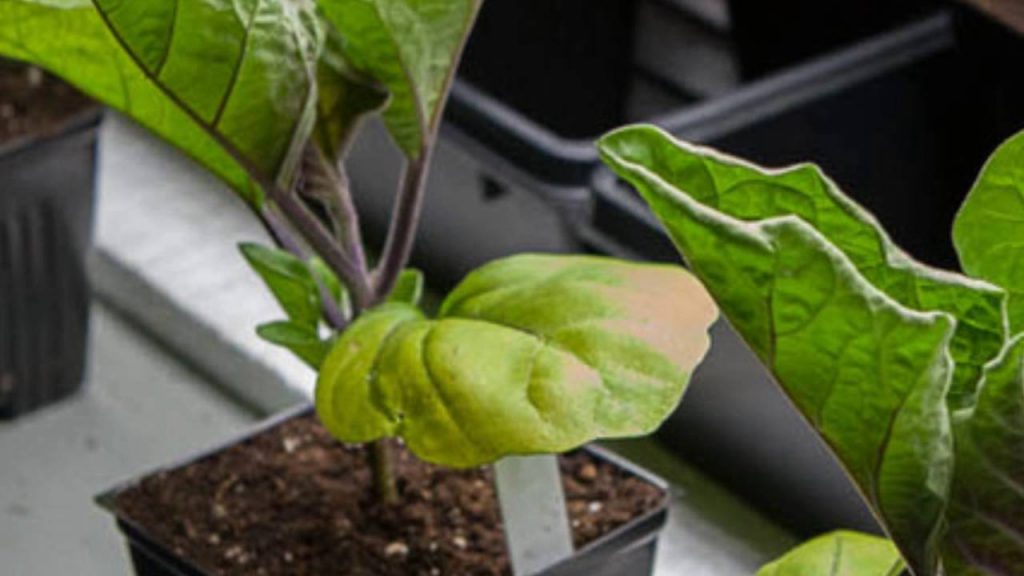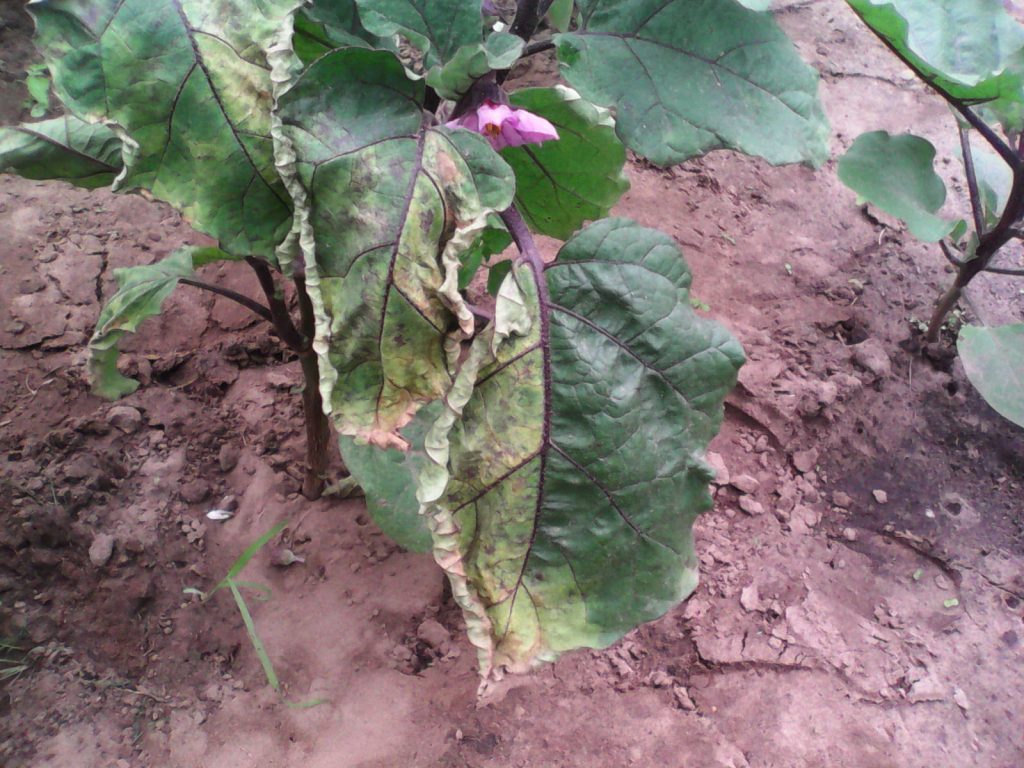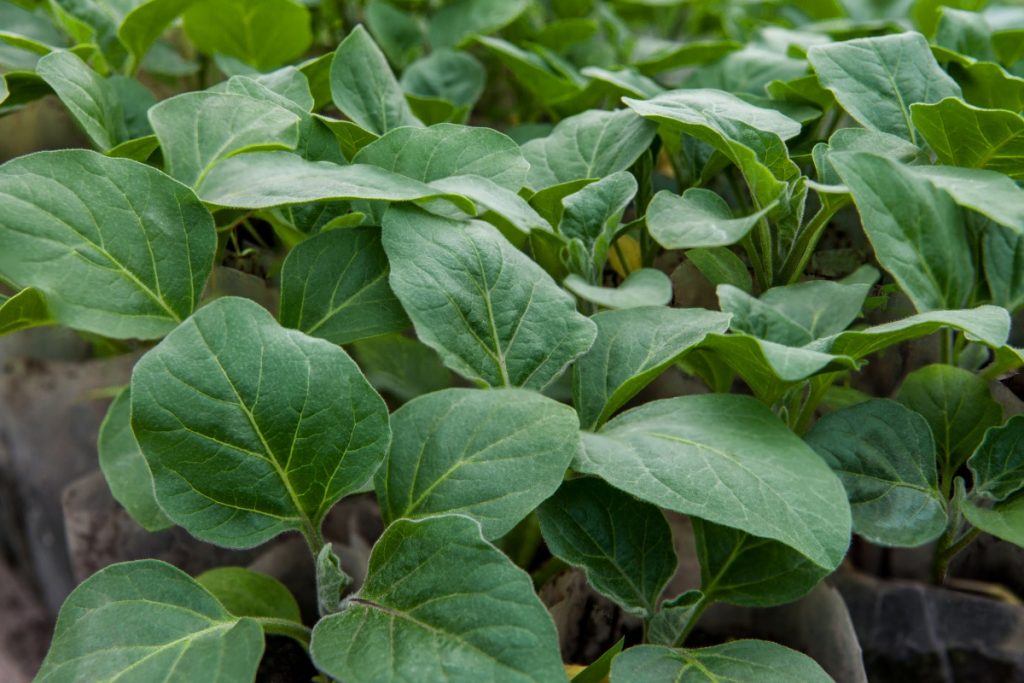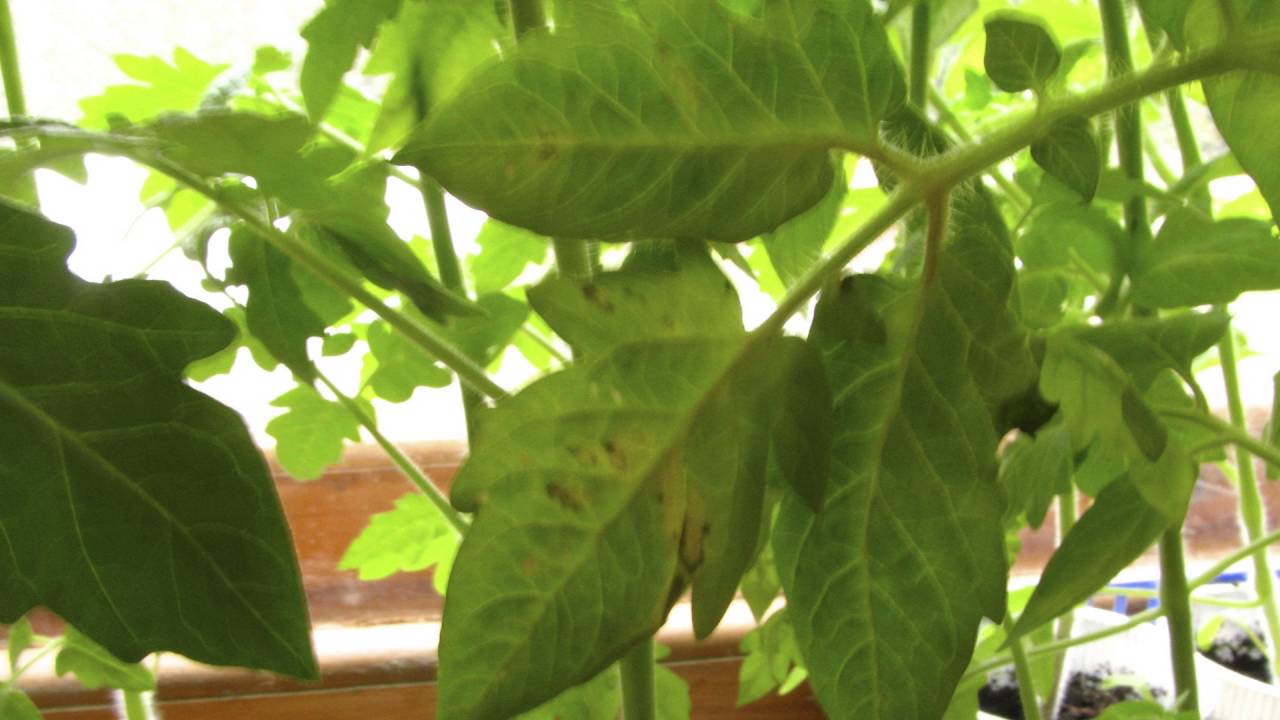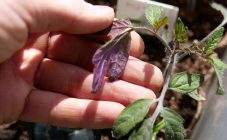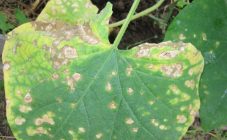Content:
With the onset of spring, gardeners begin to take care of the preparation of high-quality planting material. It is recommended to cook it yourself, rather than purchase it at the bazaar. So you can be sure of its quality. Eggplant is no exception. But, before you start growing eggplant seedlings, you need to carefully read the rules for planting and caring for the crop. This is due to the wayward nature of the plant, it is susceptible to many diseases, during the development of which the root system, stems and leaves turn white. Eggplant seedlings have white spots and dry leaves - a common pattern.
The most acceptable conditions for growing eggplant seedlings
A fairly large number of gardeners do not want to face all the hardships of growing eggplant seedlings, so they buy ready-made ones. You can buy them in specialized stores or in the market. The soil for planting seedlings should be prepared no earlier than 3 weeks before the upcoming planting. The following components are introduced into the soil used:
- 50-60 g of superphosphate;
- 30 g (no more) ammonium nitrate;
- 30 g of potassium sulfate;
- 15 g of magnesium sulfate;
- 4 kg of rotted humus.
All of the above components are thoroughly mixed with each other. The holes should be prepared just before planting the seedlings. No more than 3 plants should grow on each 1 m². Before planting in open soil, the seedlings must be hardened: a few days before transplanting, take the eggplants out into fresh air so that they weaned from room conditions. Otherwise, the plants may burn out under the rays of the scorching sun or simply freeze.
Why do the leaves of seedlings turn white
Eggplant is a capricious culture. To grow strong seedlings and collect a rich harvest in the near future, you need to make a lot of effort and effort. Perhaps one of the most common problems is that light spots appeared on the leaves of eggplant.
The main reasons why white spots appear on eggplants:
- Powdery mildew. It is quite common on eggplant. The disease is difficult to treat, so it is easier to follow preventive measures to prevent the development of the disease.
- Fusarium is a fungal disease that affects the leaves at the initial stage of its development. Initially, the leaf begins to fade, then brightens and dries up. If you do not take action in a timely manner, the eggplant bushes will die. A plant can get sick through the soil or planting material. It is quite difficult to fight this disease. The first alarm bells about the disease are pink bloom on the root system and the cut of the stem is colored brown. For prevention, you should strictly follow all the rules of crop rotation. Eggplants in the same place can be planted at intervals of 4 years, not earlier. During the preparation of the planting material, all seeds must be disinfected with a manganese solution (pale pink).
- Nitrogen deficiency, which promotes plant growth and development and regulates the distribution of nutrients in the crop.If you do not take action, the plant will stop growing, various anomalies will begin to appear, and the death of the bush is possible.
- Moisture deficiency. Eggplant is a moisture-loving plant. Against the background of a lack of water, the plant can not only dry out, but start to hurt. Pale yellow spots may appear, which in the process of their development will form holes. Eggplants should be watered early in the morning or late in the evening, when the sun goes down the horizon. A bad condition can be provoked by watering with cold water. To prevent the appearance of light and dark spots on the sheets, holes, you need to use only warm water.
- Nutrient deficiencies can also lead to bright white and black specks and transparent foliage. To prevent the development of such undesirable consequences, it is recommended to regularly apply mineral fertilizers to the soil near the bushes. The soil should not be acidic, moderately moist and necessarily loose. It is strictly forbidden to plant eggplants in the soil where tomatoes, peppers and potatoes grew in the previous year.
- Eggplant leaves may become light-colored due to adaptation after transplanting into open soil.
- If light spots began to appear on the plant, perhaps this is a consequence of pest attacks or the trivial sun rays that left burns behind are to blame.
- Potassium deficiency is accompanied by the fact that at the edges of the foliage begins to turn yellow and dry. In this case, ash infusion or special mineral fertilizers will help.
- Dry light spots can also form from nutrient overload.
In addition to lightening the leaves, there is another unpleasant reason for the wilting of eggplants - the leaves on the seedlings wither. One of the most common reasons why leaves may shrink is insufficient or irregular watering. If the gardener controls this process, then the reason lies in the rotting of the soil. To check, you will need to get seedlings and assess the condition of the root system. Healthy white roots and hairy. If they are not as expected, you need to rinse the roots and transplant into another container using fresh soil.
Disease and pest control methods
Eggplant leaves turn white, what should I do? How to treat leaves and is it possible to save the harvest? Here are the main methods of struggle.
If the formation of light spots is observed, you need to feed the plants with mineral fertilizers, especially with a nitrogen content. This will prevent the development of yellow leaves and allow the plant to gain strength.
In addition to lightening, the leaves can also become speckled. This can happen due to an excess of sunlight. In this case, the seedlings should be covered if they experience an excess of sun. If an artificial light source is used, the pots should be moved away from the light source.
If the crop is attacked by pests, it is urgent to irrigate the bushes. Common parasites that infect eggplant seedlings are spider mites, sciarid mosquitoes, mushroom midges, whiteflies and aphids. The most dangerous of them are aphids and spider mites, and the first is the most terrible insect, since it simply sucks all the juices from the plant, which leads to death.
From chemistry against pests, Agroverin, Iskra or Fitoverm have proven themselves well.
As for folk methods, many gardeners recommend using one of the following solutions:
- Dandelion root infusion;
- A solution of wood ash with soap and tobacco dust.
In addition, to combat pests, you need to gently wipe the seedling leaves from all sides with a solution of laundry soap and water. This is required to destroy the larvae and small insects.
For those who do not want to use chemicals, you can use the old-fashioned hot pepper method, which effectively repels midges. To do this, you need to sprinkle ordinary ground pepper (preferably red) on the soil near the bushes.
Eggplant is a finicky plant that is not very easy to grow. But, despite this, they have an incredible taste and aroma, the fruits have a rich composition (vitamins, minerals, macro- and microelements). "Blue" are universal in use: they can be used to cook all kinds of dishes and can be preserved for the winter. For this, anyone should try to grow them in the garden. The main thing is to carefully read the rules for planting and caring for the crop so that white spots do not appear on the eggplants - a headache in growing.
